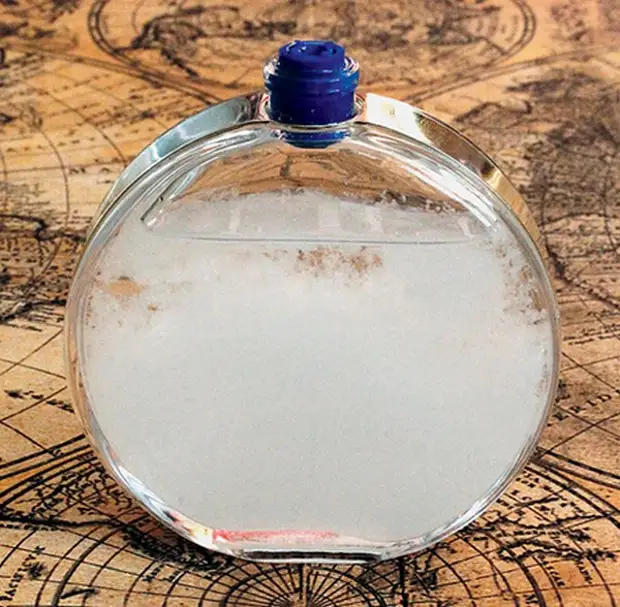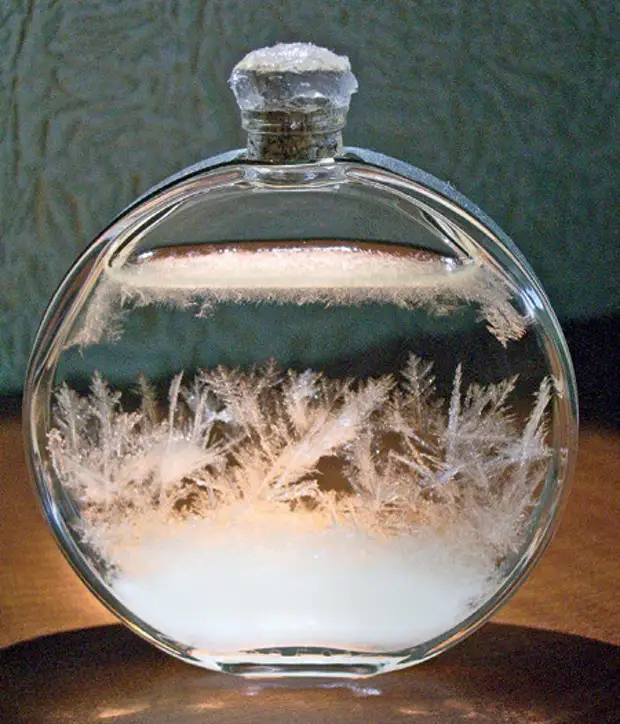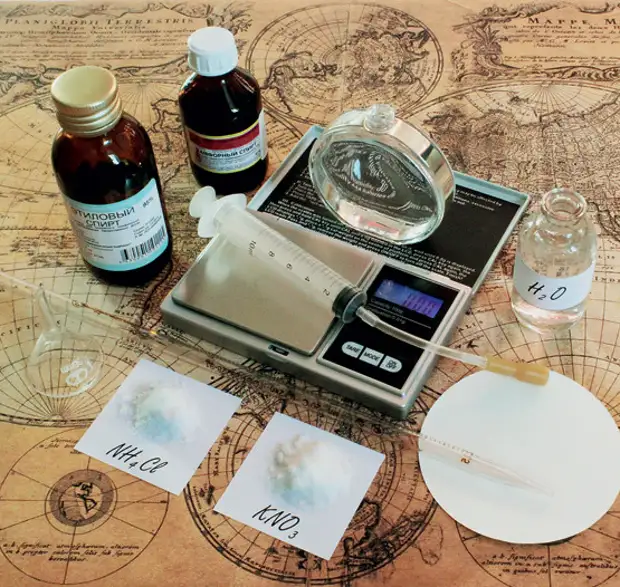"What will be the weather?" - Even today, in the twentieth century, despite all the achievements of science, get a reliable weather forecast - a very difficult task. And 100-200 years ago, devices for determining the weather were much easier. True, the principle of action of some of them cannot even explain the modern science.

One of these devices is a storm. You can become a dressing meteorologist, if you make the device with your own hands and start conducting observations.
StormGlass, or Fitzroja Barometer
Translated from the English "Storm-Glass" means "storm flasks". History did not save the name of this device from the brother. It was one of the first to be described by an English scientist, a hydrograph, a companion of Charles Darwin, the founder and head of the British Meteorological Department, Council Admiral Robert Fitzroy. Under his command, the Bigl Hydrographic Expedition ship made a five-year roundail sailing. In 1862, Fitzroy published a "Book of the weather". In it, among other things, he described both the storm-chiefs who enjoyed in the Armenia and other maritime travels. With a stick of the admiral of the Storm Hells often began to call the fizz barometer.

The storm diagram starts working not immediately, but after a few weeks after the manufacture. This time the mixture will reach the equilibrium state, the camphor will fall on the bottom of the bottle and gradually, as the weather changes, the dendrites (complex crystalline formation of the tree branching structure) will begin to appear in the instrument. And disappear small snowflakes and crystals from camphor.
Finally, you can conduct observations and predict the weather changes. How to do it? The shortest and most concise option - to watch the condition of fluid in the storm, to record it in detail to record the weather log and compare its observations with already known, developed over many years characteristics from the book "30,000 thousand newest discoveries, recipes, combined practical information ..." Denenius:
"Transparent liquid foreshadows clear weather, muddy - rain.
Muddy liquid with small stars - thunderstorms.
Small dots - fog, raw weather.
Large flakes for winter - snow, summer - covered sky, heavy air.
Threads in the top of the liquid - the wind.
Crystals at the bottom - thick air, frost.
Small stars - winter with clear weather - snow on another or third day.
The higher the crystals rise in winter, the stronger it will be to have a cold. "
In conclusion, the Council from the Book of Fitzroy: "Sklyanka should be wiped out of time from time to time, and two or three times a year need a liquid, turning the flaw and slightly shaking." And Fitzroy noted that if the chemical mixture is inaccurately made, the device becomes not so sensitive.

A source
